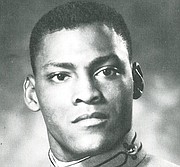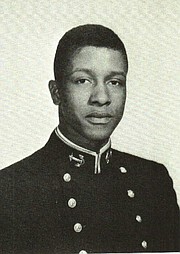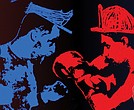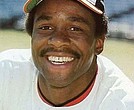Gary Steele,Calvin Huey broke color barrier on Army-Navy football teams
Fred Jeter | 12/13/2018, 6 a.m.
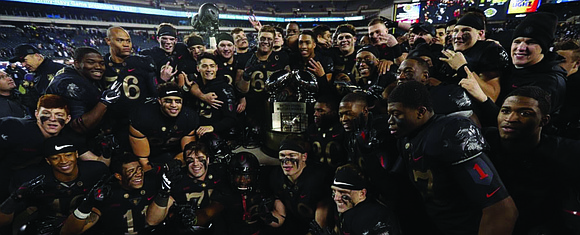
The U.S. Military Academy’s football team, Army, is known as the Black Knights, but it wasn’t until 1966 it had its first African-American player.
Gary Steele, a military brat whose father was a Buffalo Solider, broke the color barrier in West Point, N.Y., as a star tight end.
In three seasons wearing Army’s distinctive black uniforms (thus the reason for the moniker), Steele caught 66 passes for 1,111 yards and seven touchdowns.
Army’s Black Knights
Before a worldwide television audience, African-Americans were at the forefront of Army’s 17-10 football victory over Navy on Saturday, Dec. 8, in Philadelphia.
Quicksilver quarterback Kelvin Hopkins Jr. from Charlotte, N.C., scampered for both touchdowns.
Ball carriers Kell Walker of Decatur, Ga., and Darnell Woolfolk of Endwell, N.Y., combined for 118 yards rushing. Walker also caught two passes for 30 yards.
Kicker John Abercrombie of Phoenix booted a 33-yard field goal and two extra points.
Linebacker Ken Brinson of Kennesaw, Ga., had the strip sack, and ensuing fumble recovery, in the closing minutes to secure the victory.
There’s more to come. Now 10-2, the Black Knights will play the University of Houston on Dec. 22 in the Lockheed Martin Armed Services Bowl in Fort Worth, Texas.
Army went 23-7 during Steele’s career, while beating the U.S. Naval Academy in Annapolis, Md., or Navy, two of three years.
At 6-foot-5, 220-pounds, Steele was drafted by the NFL Detroit Lions but never pursued the pro gridiron. Instead, he earned the rank of colonel while serving in the military 23 years, with two tours of duty in Vietnam.
In track and field, he set Army’s high jump record with a 6-foot-9-inch leap that stood for decades.
Steele was one of 15 African-Americans in Army’s 1965 plebe (freshman) class of 1,100. Plebes were not eligible for varsity football at the time.
─
Navy’s first African-American player came along two years earlier, in 1964, when Calvin Huey suited up as a wide receiver.
A native of Mississippi, Huey transferred to Annapolis from Oakland City College in California, where he was a junior college All-American quarterback.
In 1964, Huey caught four touchdown passes from Heisman Trophy winner Roger Staubach. Also in 1964, Huey also became the first black athlete to play in the annual Army-Navy Game.
Huey later went on to serve two tours of duty in Vietnam, earn a Ph.D. in chemistry and return to the U.S. Naval Academy as a member of the faculty.
─
Buffalo Soldiers were established by Congress in 1866 at Fort Leavenworth, Kan., as the first peacetime, all-black regiments in the U.S. Army. Buffalo Soldiers fought in American-Indian Wars, the Spanish American War, World War I, World War II, the Philippine-American War and the Mexican Border War.
The U.S. military was not fully integrated until 1948, when President Harry Truman signed an executive order establishing the President’s Commission on Equality of Treatment and Opportunity in the Armed Services.

